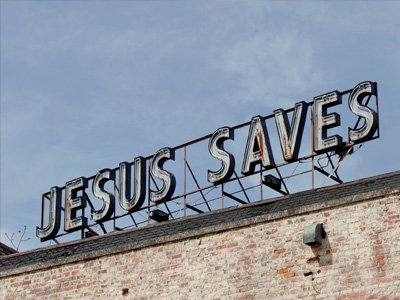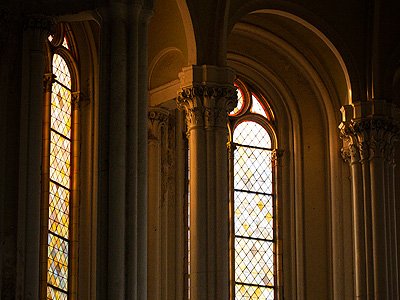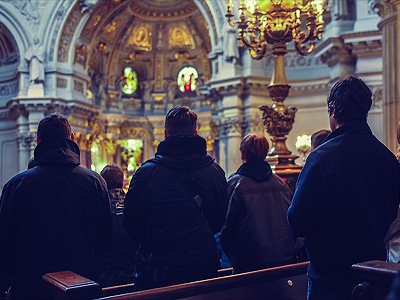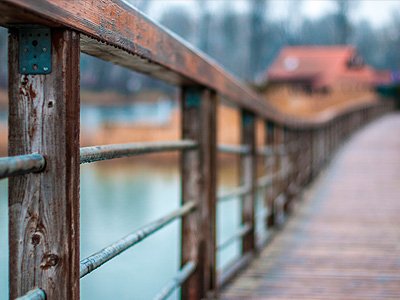PBS Special: Endangered Churches as Resources for the Community
In 2014, PBS aired a Religion & Ethics Newsweekly report on closing churches in Philadelphia. Look at the description of congregational resources, their membership, commitment, financial and physical resources. These congregations recognized they have one type of resource — physical space — that they can share with the community. In exchange, they can gain another…





